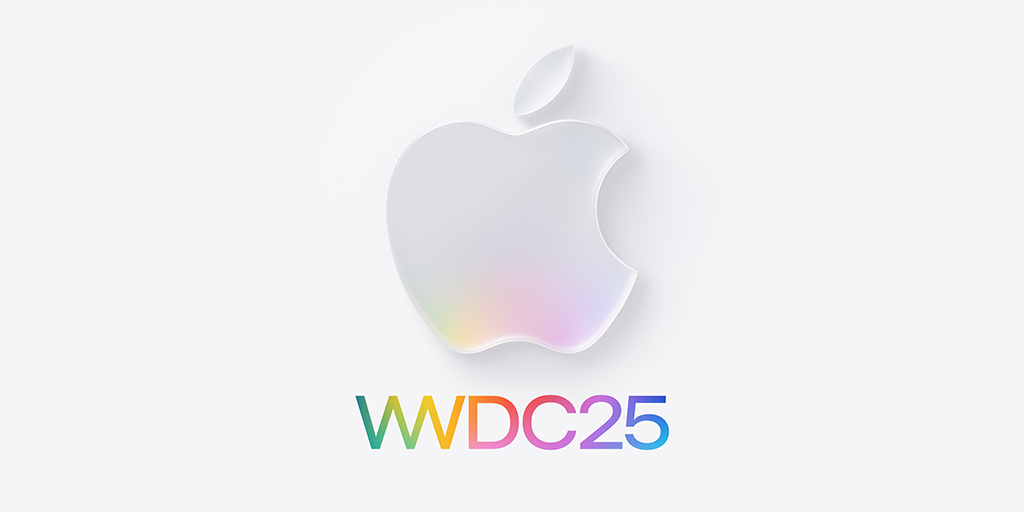Apple’s WWDC 2025 keynote marked a clear effort by Apple to create greater cohesion across its ecosystem, visually, functionally, and structurally. The standout update? A unified design language that now spans iOS, iPadOS, macOS, visionOS, and more.
Apple hasn’t reinvented the wheel, but it has tightened the bolts. By introducing a consistent design language across its ecosystem, Apple is setting a new baseline for digital experiences: one that feels seamless, intelligent, and deeply integrated.
At Sonin, we help businesses respond to these shifts, modernising their products, aligning with system behaviours, and building experiences that feel right at home within the Apple ecosystem. Here’s what the latest changes mean for forward-thinking teams.

1. Liquid Glass: Redefining Interface Expectations Across the Ecosystem
The introduction of the “Liquid Glass” design system is Apple’s boldest visual transformation in over a decade and it’s reshaping how users experience iOS, iPadOS, macOS, visionOS, and beyond. This new aesthetic introduces a translucent, layered interface with enhanced motion, clarity, and depth. But it’s not just a facelift—it influences how users perceive and engage with your app.
Why this matters:
- User expectations have evolved. Native apps will set the standard for fluidity, motion, and responsiveness.
- Flat or outdated design will feel disjointed. Static interfaces will stand out in the wrong way.
- Consistency across devices is essential. Users expect seamless experiences across iPhone, iPad, Mac, and Watch.
Implementation challenges to be aware of: Apple’s redesign is deeply embedded into the latest development environment, and rebuilding older apps in Xcode 26 may cause unexpected issues. Apple will only allow teams to disable Liquid Glass until the next major OS release, so delaying the update is only a short-term option.
Where to focus next:
- Begin internal testing in Xcode 26 to uncover design breakpoints.
- Prioritise areas where modernisation aligns with existing roadmap goals.
- Consider a phased UI refresh to stay aligned with evolving design standards.
2. On-Device Apple Intelligence: Contextual, Capable, and Private
Apple Intelligence introduces on-device AI features like natural language summarisation, Genmoji (custom emoji), semantic search, and image generation. It reflects a growing trend: intelligence that improves user experience while keeping data private.
Why this matters:
- Intelligent, assistive UX is the new expectation. Users want apps to anticipate their needs and reduce friction.
- Privacy is a differentiator. On-device AI reinforces trust in a world of growing data concerns.
But there’s a catch: Apple Intelligence is currently limited to iPhone 15 Pro, iPhone 16 family, and certain iPads and Macs. This restricts adoption, particularly for apps serving broader or cross-platform audiences.
Where to focus next:
- Evaluate how intelligence could improve your user journey, start with contextual prompts or smarter content.
- Treat Apple Intelligence as a roadmap feature rather than an immediate release.
- If Android parity is key, consider third-party AI frameworks that offer broader reach.
3. Platform Alignment and OS-Level Evolution
Apple’s move to year-based OS naming—iOS 26, macOS 26 (Tahoe), visionOS 26—is a step toward tighter consistency across its platforms. Rather than a one-off rebrand, it reflects a growing expectation for unified behaviour, regular updates, and seamless transitions between devices.
Why it matters:
- Users increasingly switch between iPhone, iPad, and Mac—so your product needs to behave intuitively across all.
- Apple’s more predictable update cycle means annual improvements are now the norm, not the exception.
Where to focus next:
- Check for functional and UX inconsistencies across Apple devices.
- Build in flexibility to respond to yearly platform updates.
- Prioritise native behaviours that reduce friction and improve usability.
4. Xcode 26 and AI-Enhanced Development
The latest Xcode release introduces AI-powered tooling, from contextual code suggestions to smarter debugging—which speeds up development cycles and enhances team productivity.
Why this matters:
- Faster iterations mean quicker value delivery. With leaner builds, you can test and ship more confidently.
- Lower dev effort enables more innovation. Teams can now experiment and validate faster.
Where to focus next:
- Ask your product team how they’re leveraging Xcode’s new features.
- Use improved velocity to prioritise strategic features that drive ROI.
5. Designing for a Multimodal Future
Apple’s updates extend to watchOS, tvOS, CarPlay, and visionOS, each receiving features that promote shared experiences, voice interaction, or intelligent automation. Apple’s ecosystem is becoming more ambient and immersive.
Why this matters:
- Many products already span multiple devices. Consider every place users might encounter your product.
- Contextual experience is key. Apps must adapt not just to screen size but to situation, device role, and input method.
Where to focus next:
- Map your product’s journey across platforms and identify experience gaps.
- Prioritise consistency and contextual design across all touchpoints.
Final Thoughts: A Shift in Standards
WWDC 2025 sets a new benchmark for what a digital product should look and feel like. The combination of Liquid Glass, on-device intelligence, and unified UX signals a more dynamic, intelligent, and interconnected future.
These aren’t just upgrades, they’re strategic inflection points. For product teams, now is the time to re-evaluate your roadmap and explore how your app can evolve to stay competitive.
At Sonin, we help forward-thinking businesses do just that. Whether it’s a design refresh, AI integration, or futureproofing for new devices, we’re here to help you build the right product for what’s next.
Want to explore what these changes mean for your product? Let’s talk.